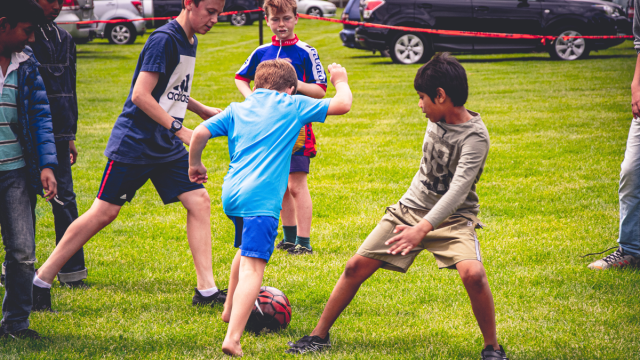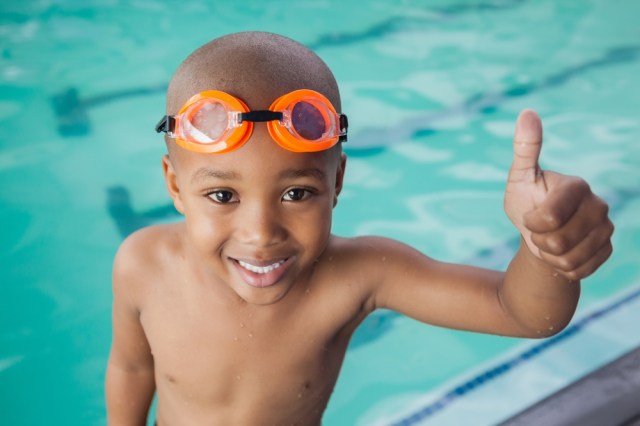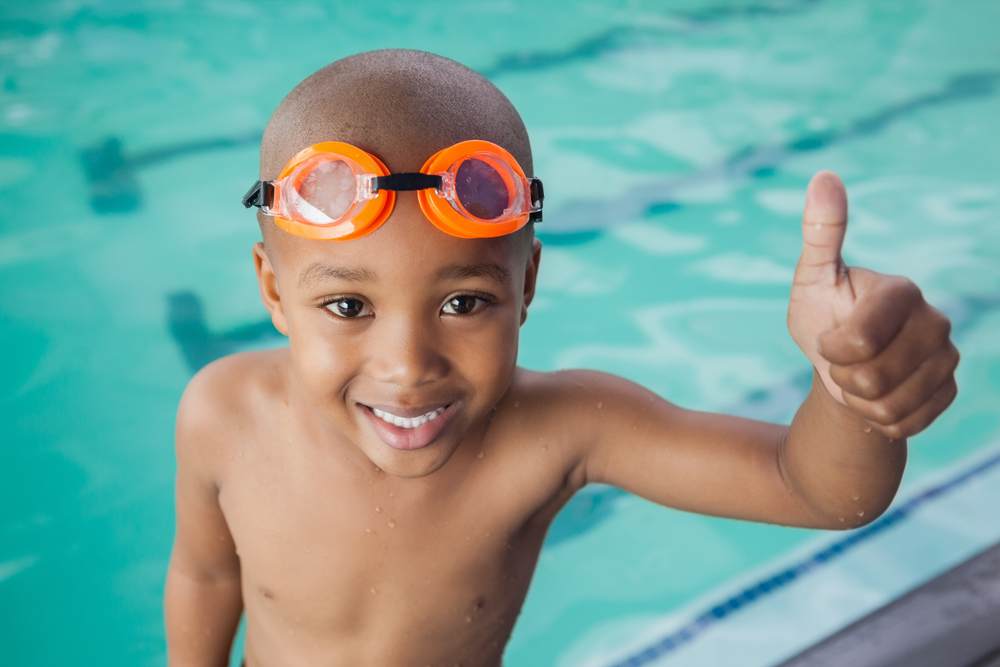Talking to your children about their emotional health can be a daunting subject. Below are some guidelines to help you talk to your children about emotional health at every age.
Step One: Prepare. One of the first things that may be beneficial is to educate yourself about a few common mental health issues. Attention Deficit Hyperactivity Disorder, depression, and anxiety are the most common in children and adolescents. There are a lot of online resources available for parents, including one from the American Academy of Child and Adolescent Psychiatry, called “Facts for Families,” which has a one-page synopsis on many of the mental health disorders that affect children and teens.
Try to be comfortable and calm when you talk about mental health. If you are nervous, your child may pick up on your feelings and possibly also feel nervous or fearful. Take a few deep breaths, sit down, and then bring up the topic when you’re ready. It’s important to let your children know that you’re always willing to listen and you’re there for them when they need support.
Below is a general guideline for talking to children at different ages. It’s important to consider the developmental age of the child when you have the discussion, as that will guide you in how much information you may need to share.
Young Children: The best way to speak to young children about their emotional health is to be as simple and straightforward as possible. At this age, they will likely not understand a lot of details. However, they may have some questions around situations like when a classmate or friend is acting out, taking medication or in special classes. Answer the questions with clear but rather brief answers. It’s important to keep in mind that younger children often don’t know how to describe their emotions. As a first step, it is helpful to help your child learn the names of the emotions that they may feel towards different situations. For example, they should have a good understanding of what happy, sad, scared, frustrated, and mad means to them.
Older Children and Pre-Teen: As your child moves into middle school, you can start to focus more on the details, and be more straightforward in the way that you communicate with them. If you decide that you want to sit down and proactively talk to your child, try to make the conversation informal so they don’t feel anxious about what you are going to say. There are simple ways to frame questions, such as: “Have you ever had problems with feeling sad, crying without reason or being so nervous that you can’t have fun?” This is a way you can lead them into different topics. You should also let your child know that physical and mental health are important to how we function day to day. Just like you exercise to stay in shape, it’s also important to share feelings and worries to relieve stress. Children should also know that just like you can see a nurse or doctor when you are sick, there are therapists and doctors that can help with emotional difficulties they may be going through.
Teenage Years: During the teenage years, bringing up emotional issues can be a very delicate situation, especially if your teen is already in the midst of a mental health crisis. When some teenagers are facing emotional problems, they may be irritable, want to isolate themselves and not talk about their problems. Even if they don’t want to talk at that moment, let them know that you are available for them to come to you. Other teens are ready to talk about emotional problems and worries because they want to fit in. This is a time when you can assure them that their questions and feelings are okay and that there is help available if needed. You can talk to your teens fairly openly, though some of the topics like self-harm can be more challenging.
What if your child reacts negatively to the conversation?
If they are angry or anxious, give them space and try again at a more opportune time. If your child is already dealing with a mental health issue, they may not be receptive or willing to listen. Don’t force this discussion on a child, if you are unable to reach them and you are concerned about their mental health or safety, seek professional help.
Younger Children: Assure them that they are safe and that you are there to help. There can be a lot of misunderstanding around mental health. Your child may get frightened that they will be locked in a hospital or that you will leave them at the therapist office. It is important to let them know that they won’t be harmed and you’ll be there for them.
Older children and Teenagers: If they are acting negatively and don’t want to talk about things, let them know you are worried and concerned, and you care you about what they may be going through. Make yourself available whenever they are ready to talk. Or, you can help direct them to resources to read or suggest that they talk to someone who specializes in helping children and teens who may have problems at school or friends.
What can I do to decrease my child’s stress and anxiety?
Younger Children: One of the reasons for stress at this age is separation from family or not knowing what to expect in a new situation. One way to help alleviate this stress is to tell them what they can expect. For some children, the more detail you give them, the more comfortable they will feel. One example is when attending a new school, you can plan a visit and even meet teachers and peers. Reassure your child that you will be there at the end of the day. Routines are very important for younger children and help to decrease a lot of anxiety.
Older Children: Just like younger children the more you can prepare them for something new, the less likely they will have a lot of anxiety. There are also protective things that older children can do like to participate in sports and get involved in activities that provide social outlets. Older children can also learn to meditate, use deep breathing, and distraction as a way to reduce anger and anxiety.
Talking about emotional health can be difficult, but having this type of conversation with your children can strengthen your relationship. Because no matter what age they are, your children look to you as a source of comfort and strength.
Dr. Patricia Roy is a board certified psychiatrist at Doctor On Demand, the leading virtual care provider. She has more than 15 years of experience working with adults, children, and adolescents, specializing in depression, PTSD, anxiety, psychotic disorders, bipolar disorder, and emotional disorders of childhood.

























